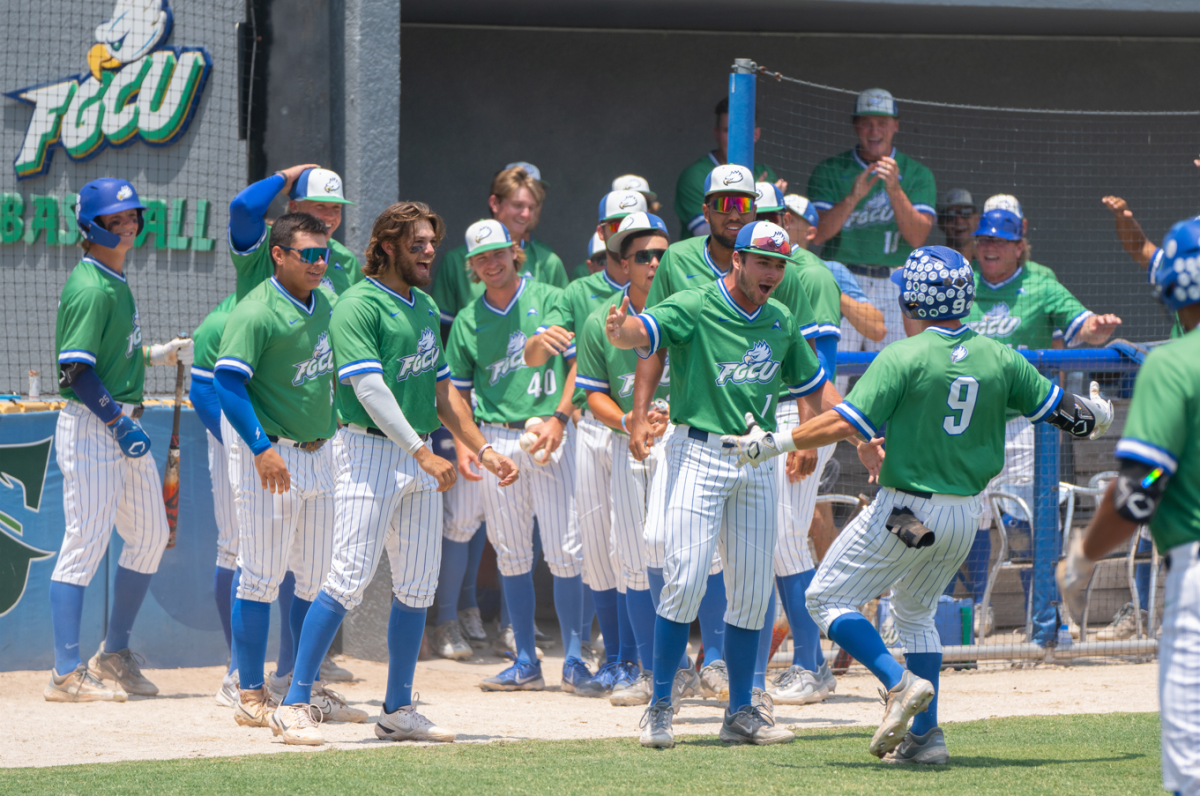Last year in my People of the World class we learned about the Miskitu, a society of people also known as “turtle people” because their main source of protein was turtle meat.
Okay, cool, let me activate my cultural relativism and let that not make me totally depressed. I did just risk my life to stop traffic from brutally murdering a turtle crossing a four-lane highway the other day, but cultural relativism, you know?
One morning at 9 a.m. in this bleak class room, we watched a video about a group people that live off the coast of Nicaragua.
Not only did we see how their bread (cassava), beans and rice were prepared, we also got to see the film enter into not so family-friendly territory when documentation included a graphic display of the mutilation of sea turtles.
And we all sat there. Watching. With no warning. At 9 a.m. with just the few short clips I saw – before immediately recoiling and covering my eyes – my whole day was ruined. I even peeked under my hands like a child to see if my reaction matched the rest of my classmates. My heart broke for my vegetarian friend two desks down.
Our professor, an obvious monster with eyes glowing and mouth foaming, didn’t say a word before or after and somehow didn’t notice the thickening distress in the air.
You would think there would at least be a disclaimer “warning: this will throw you into culture shock, hope that’s chill” but no. I was infuriated at the lack of consideration demonstrated by a university official. Because of the video’s content, a trigger should have been enforced.
“Triggers” are a term that derive from psychology and relate to any individual suffering from a mental disorder, like PTSD.
Today, triggers can be an indicator for any offensive content that has the capacity to generate emotional and mental distress.
The National Coalition Against Censorship specified how the origin of triggers were intended to warn students about graphic descriptions of sexual assaults, but also notes that recently trigger warnings have come to encompass materials touching on a wide range of potentially sensitive subjects, including race, sexual orientation, disability, colonialism, torture, and other topics.
In many cases, the request for trigger warnings comes from students themselves.
It may come as surprise that many higher learning institutions don’t have any specific protocol when it comes to triggers in the classroom. Last year, NPR online took a survey with over 800 responses from seven different types of universities within the span of two months.
Half of the professors admitted to using the term, and the other half said they did not. Only 1.8 percent of the results had official policies in place.
Most professors rely on themselves and their own ethical values to determine when it’s appropriate to use trigger warnings.
Students come from all walks of life to university or college where they are subjected to a wide range of material in their academic courses. Because of this, using trigger warnings is imperative for healthy and sanctioned learning.
There are those who believe, however, that trigger warnings breach the Second Amendment.
Most educators believe that trigger warnings will have more adverse effects on academic freedom than negative effects on a classroom dynamic, according to the Coalition.
There is a difference between retaining academic freedom and violating a person’s beliefs, values or moral standing when they are paying for a college education.
I can see how it might worry some educators, making them feel like it prohibits teaching the full potential of the course, but at the same time, did I really need to see turtle murder to understand the people who eat them? I’m going to say no.
Whether you’re for trigger warnings or against them, everyone has to be accounted for.
It goes back to our own human understanding and empathetic reasoning for what other people have gone through and where they’ve come from.
Trigger warnings are a necessity to learning in today’s modern classroom and shouldn’t be taken lightly by educators.

































